These are the main warning signs you may have drainage problems, what's causing them and how to fix them
Dealing with drainage problems is something most homeowners want to avoid. We explain the signs to look out for and how to resolve the 5 main drainage problems
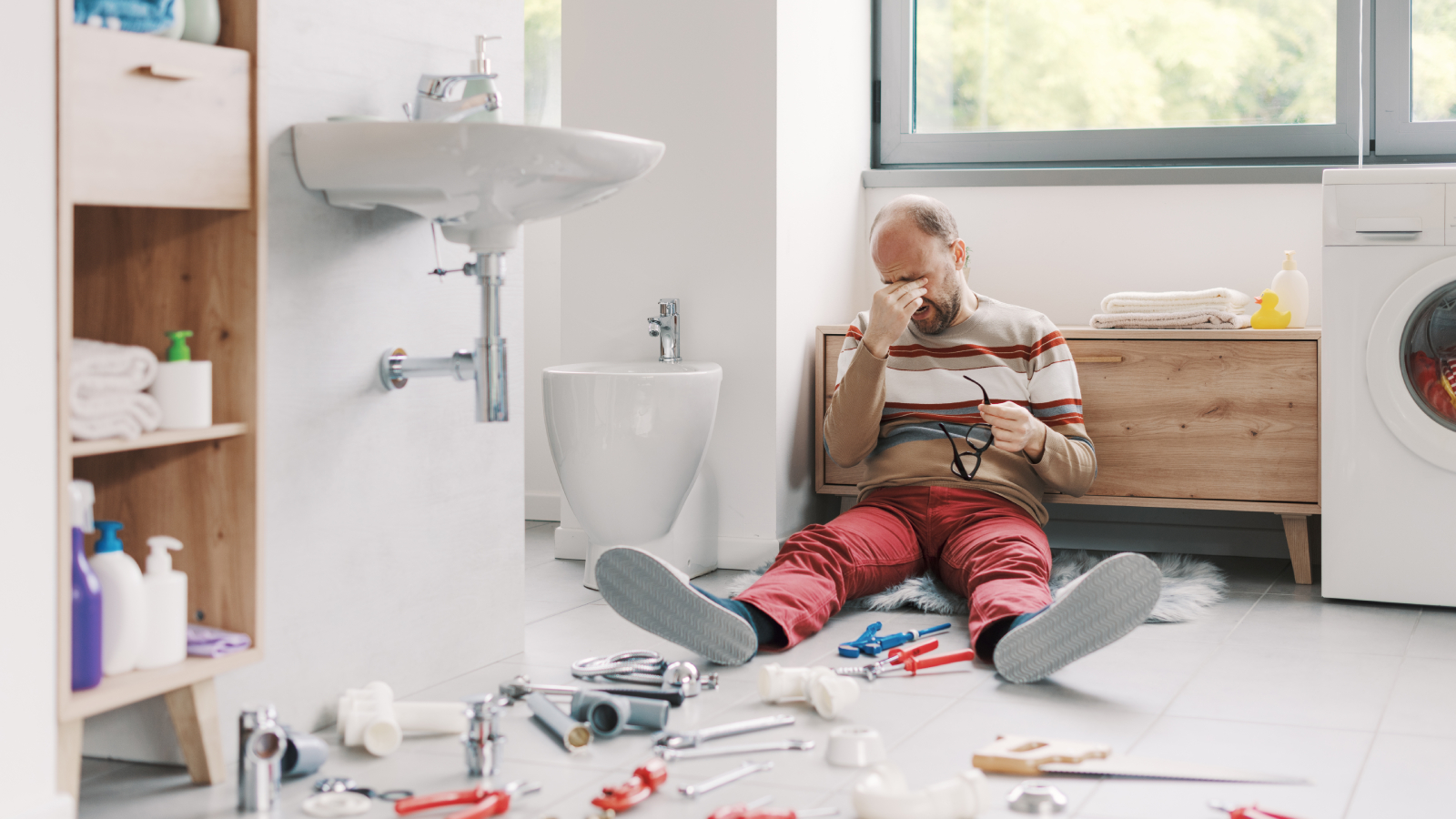
Whether your drains are blocked, overflowing or simply running slowly, the words 'drainage problems' are ones. most homeowners would rather avoid hearing. Messy, costly and potentially disruptive, finding the root of them isn't always an easy task.
As with most problems, prevention is always better than cure, but if drainage problems do occur, knowing the causes and how to fix them is essential.
In our expert led guide, we take a dive into the five most common drainage problems so you can identify where the issue lies in your drainage system, and put the necessary measures in place to resolve them.
Signs of drainage problems
One of the main issues with drainage problems is that they might not always be immediately obvious.
The odd gurgle or slow draining sink is easy to ignore when life is busy. 'I'll sort it later' can often spring to mind but in reality, this is false time economy, and could be more expensive (both in terms of time and cost) in the long run.
"Many problems with your foul water drainage aren’t easy to notice until it’s too late. However, if you take some time regularly to inspect the drains in your property, you may notice some early signs of drainage issues," says HomeHow's property and construction expert, Natalie Mitchell.
"Check if there are any unusual smells coming from your drains, and keep a lookout for wet patches or leaks around your property," she suggests.
Bring your dream home to life with expert advice, how to guides and design inspiration. Sign up for our newsletter and get two free tickets to a Homebuilding & Renovating Show near you.
"Common signs of a broken drainage system also include sunken or soggy ground where your drain pipe is buried, a sudden drop in water pressure, and repeated clogging in your drains," adds valued Checkatrade member Aaaron Willcox, owner of AW Plumbing and Heating.
Other drainage problems warning signs include:
- Overflowing gutters, drainpipes
- Foundation cracks
- Water in basement
- Flooding or pools of water in garden, driveway, patios
- Overflowing toilets, sinks, baths, showers or appliances such as washing machines and dishwashers

Natalie Mitchell has worked as a property and construction expert for HomeHow for five years and has worked in the construction industry for over twenty years. Natalie continues to work on building projects while also providing expert construction and property advice to industry professionals and DIY enthusiasts.

Aaron Willcox is an independent, fully qualified and fully insured plumbing and heating engineer operating in and around the Kent area , offering a wide range of services, competitive rates and 24/7 emergency call outs.
Five common drainage problems
If you have spotted some of the warning signs, it's likely your drainage problems are down to one of five common causes. And, while issues with surface water drainage can be dealt with by installing soakaways or French drains, because your foul water pipes are buried underground, finding the problem might not always be easily, or something you can tackle yourself.
1. Blocked drains
It's rare to own a house and never encounter a blocked drain. I've experienced them in most houses I've owned, including within the last year when a blocked shower nearly caused a bathroom flood.
On the positive side, blocked drains are one drainage problem that can often been resolved without calling in the professionals – although it will of course depend on how big the problem is, and how long it's been building up.
"Blocked drains may happen quickly or come on slowly, making them more difficult to notice. The most common causes of drain blockages are hair, fat, and old food," explains Natalie Mitchell.
"There are several DIY methods for unblocking your drains outside. Plunging or drain rodding is often enough to loosen the blockage. You can also purchase a range of different drain-unblocking liquids that you simply pour down the drain and leave to break up the blockage," she adds.
Inside the home, you may also want to try the different methods for unblocking a sink without a plunger. or even investing in a drain snake, so that you have the necessary tools in place for when the water builds up.
However, if you've tried all of these methods and the problem still exists, the chances are you will need to call in a plumber or drainage expert to do a more thorough investigation.
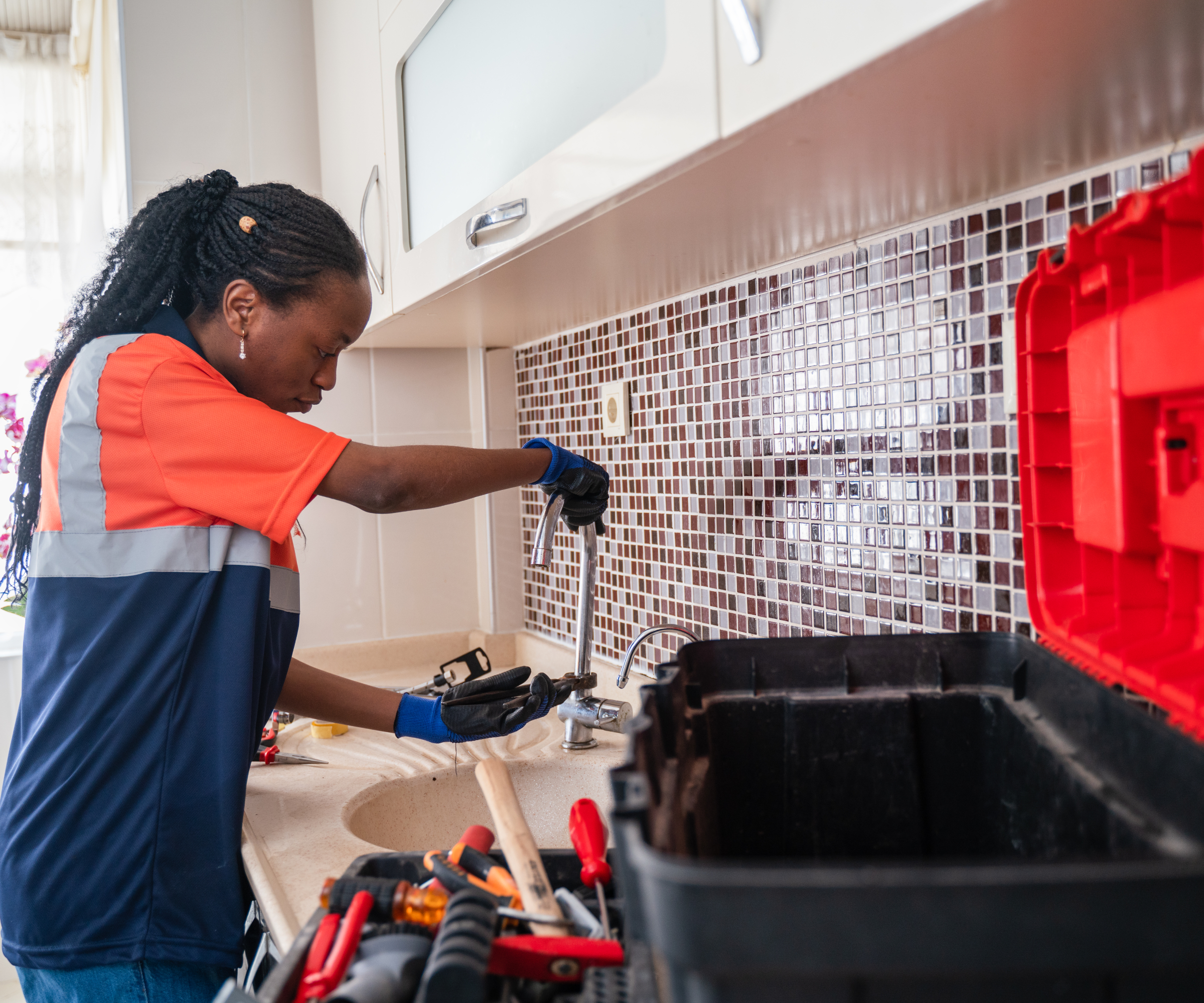
Tools and products for dealing with drainage problems
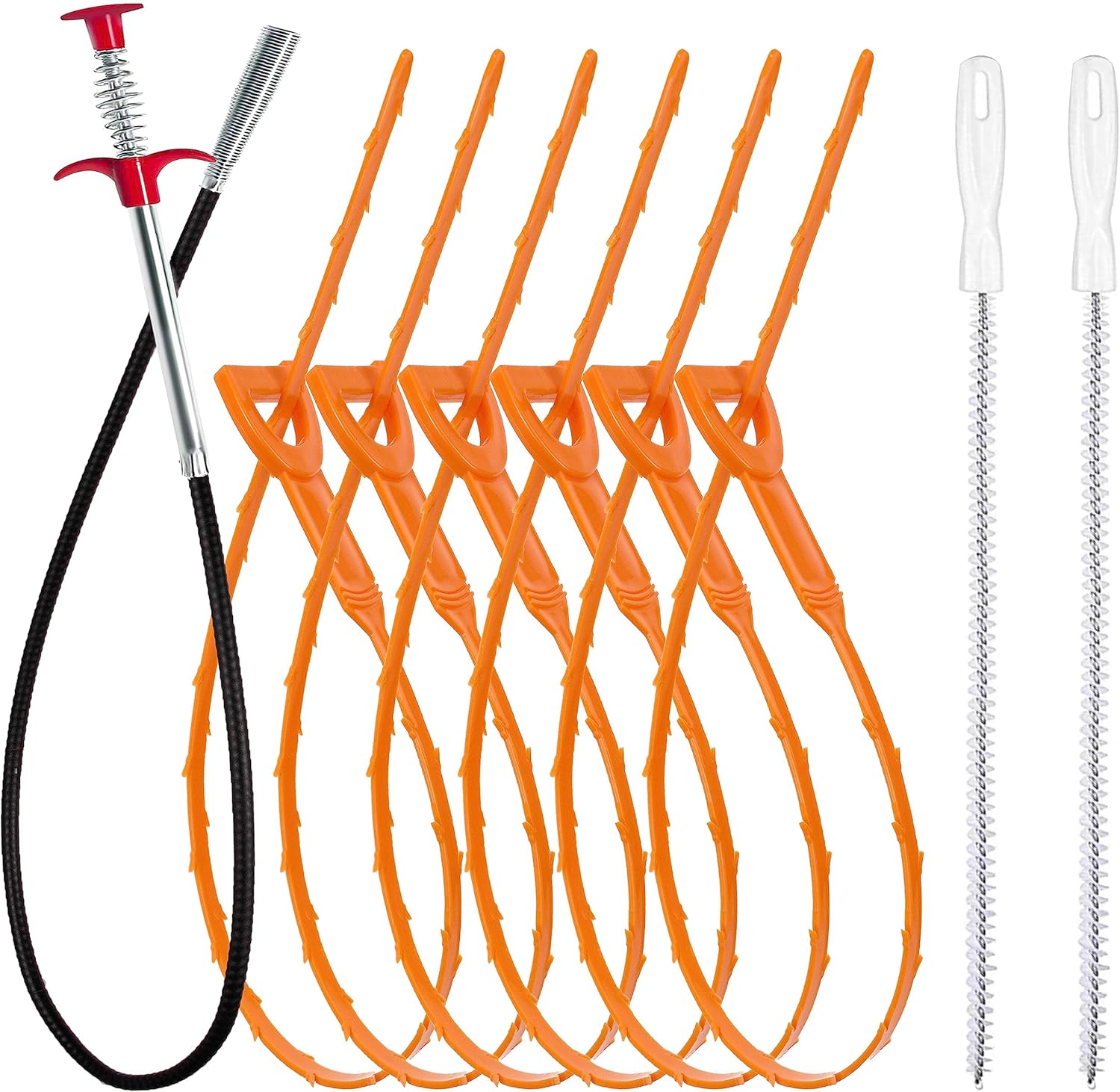
A nine-piece drain clog remover kit for unblocking your sinks and drains
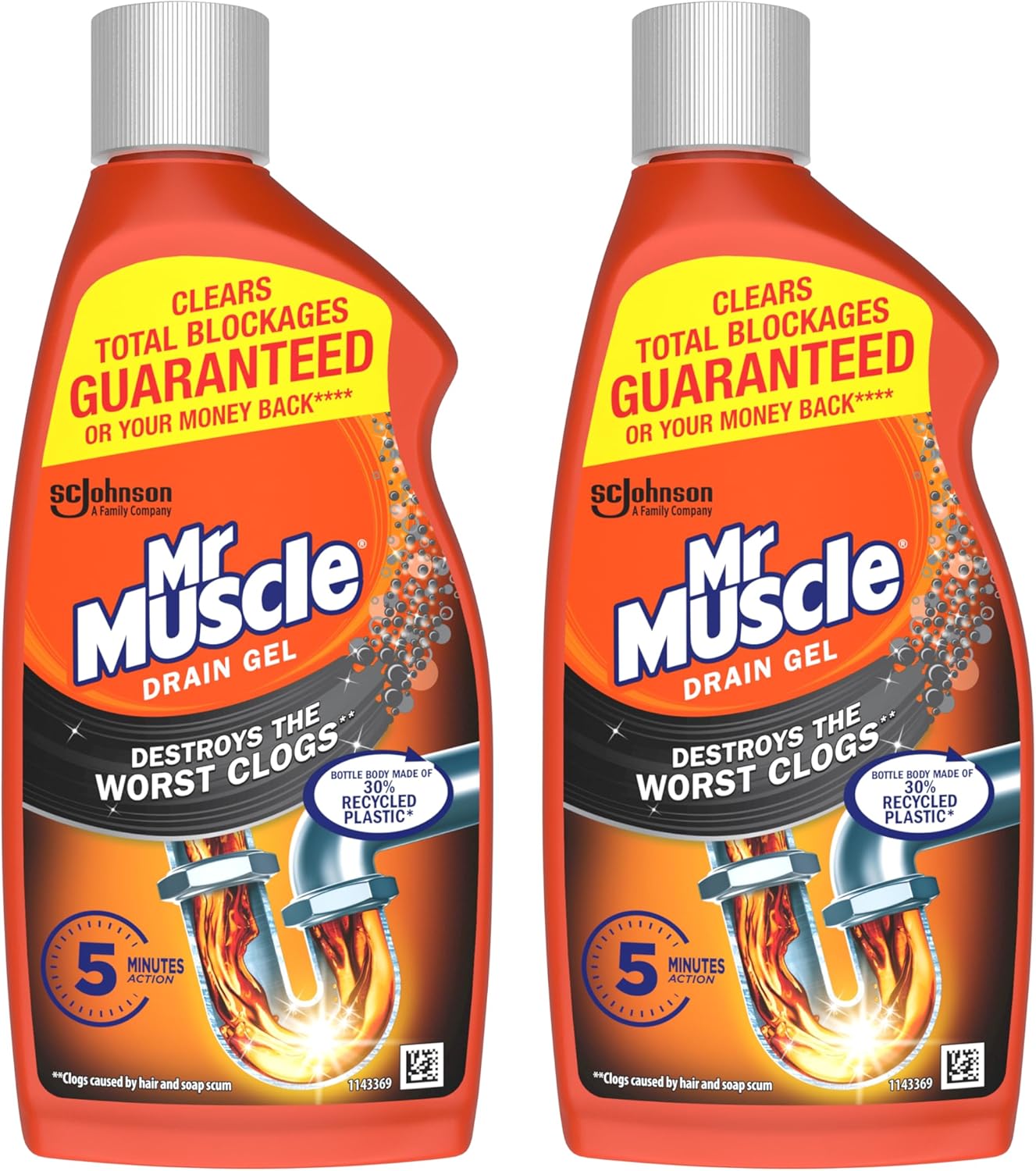
A dual pack of heavy duty drain gel unblocker for your home
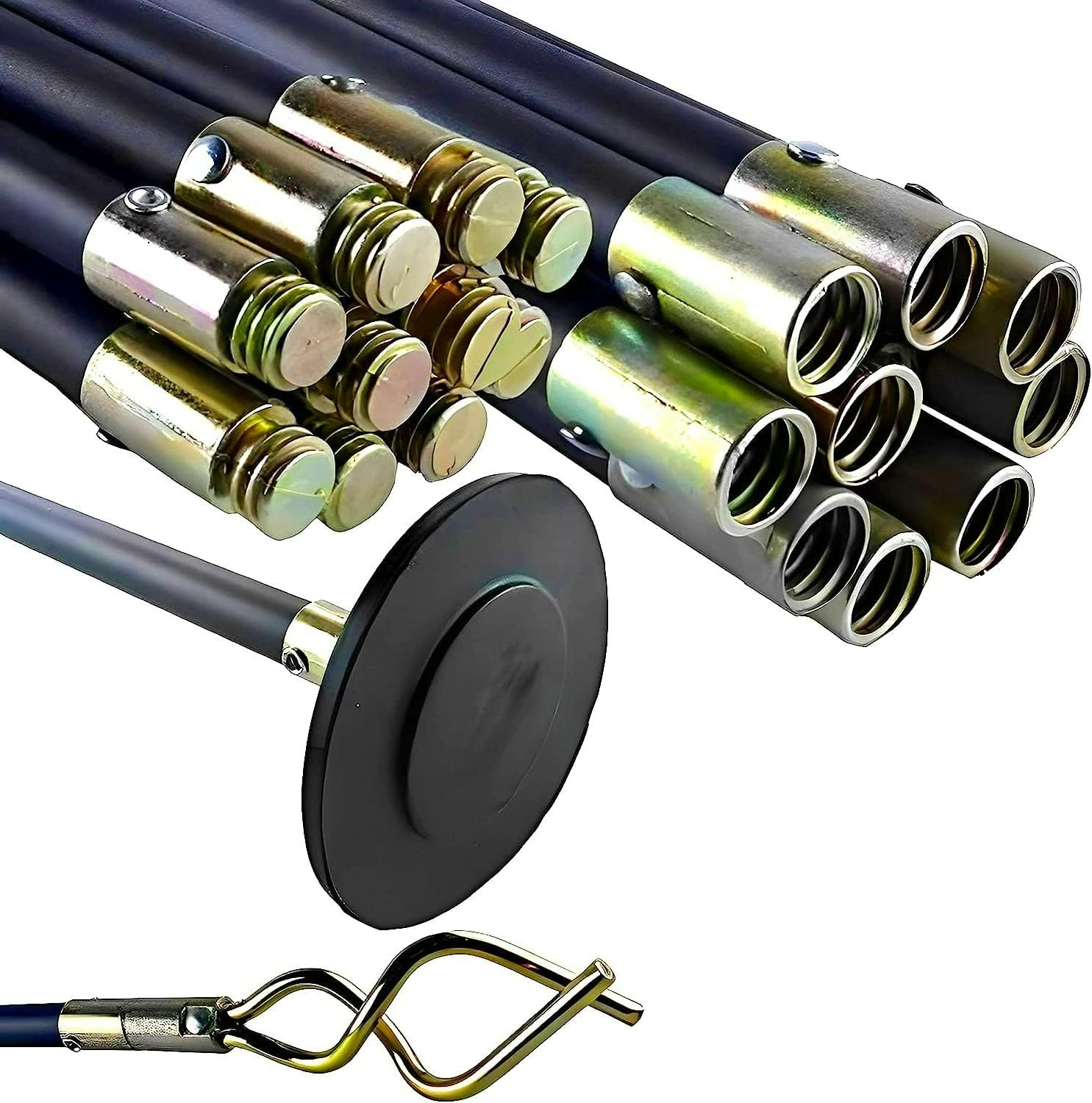
A professional quality universal drain rodding set to clear blocked drains
2. Cracked or fractured pipes
Although issues such as cracks or fractures are more easy to spot in downpipes and gutters, with the obvious signs being water flowing outside of the pipes, in underground pipes, they may not be as easy to identify.
Usually caused by wear and tear, "the issues are most commonly found near the pipe joints," says Natalie Mitchell. "However, they can sometimes occur further down the pipework, leading to small leaks and some structural damage if they’re not dealt with quickly.
"If you believe your pipework may have some leaks, it's best to get a CCTV drain survey from a professional drain company," she advises. "This is where the engineer will send a small camera through the pipes to identify where the issue is and how bad the problem is. They will then be able to use some patch lining to repair the fractured or cracked areas."
3. Broken or displaced joints
"One of the most regular issues I see is poor surface water management," says Aaron Willcox. And, while measures such as installing French drains can help to ensure water drains away, if it's left to continue permeating into the ground, it can eventually put pressure onto your drainage pipes, leading them to break, or joints to become displaced.
As with cracks and fractures, this can lead to leaks which can cause structural damage to your property and impact your garden. In worst cases, it will also lead to flooding if the pipe eventually breaks completely.
"Unfortunately, these types of problems can only be dealt with by a professional," warns Natalie Mitchell.
"Broken pipes will sometimes be fixed by digging up the ground, pulling out the affected pipes, and replacing them. In cases where excavation isn't possible, drain relining will be used to line the pipes," she explains, "effectively fixing the breakage issues."
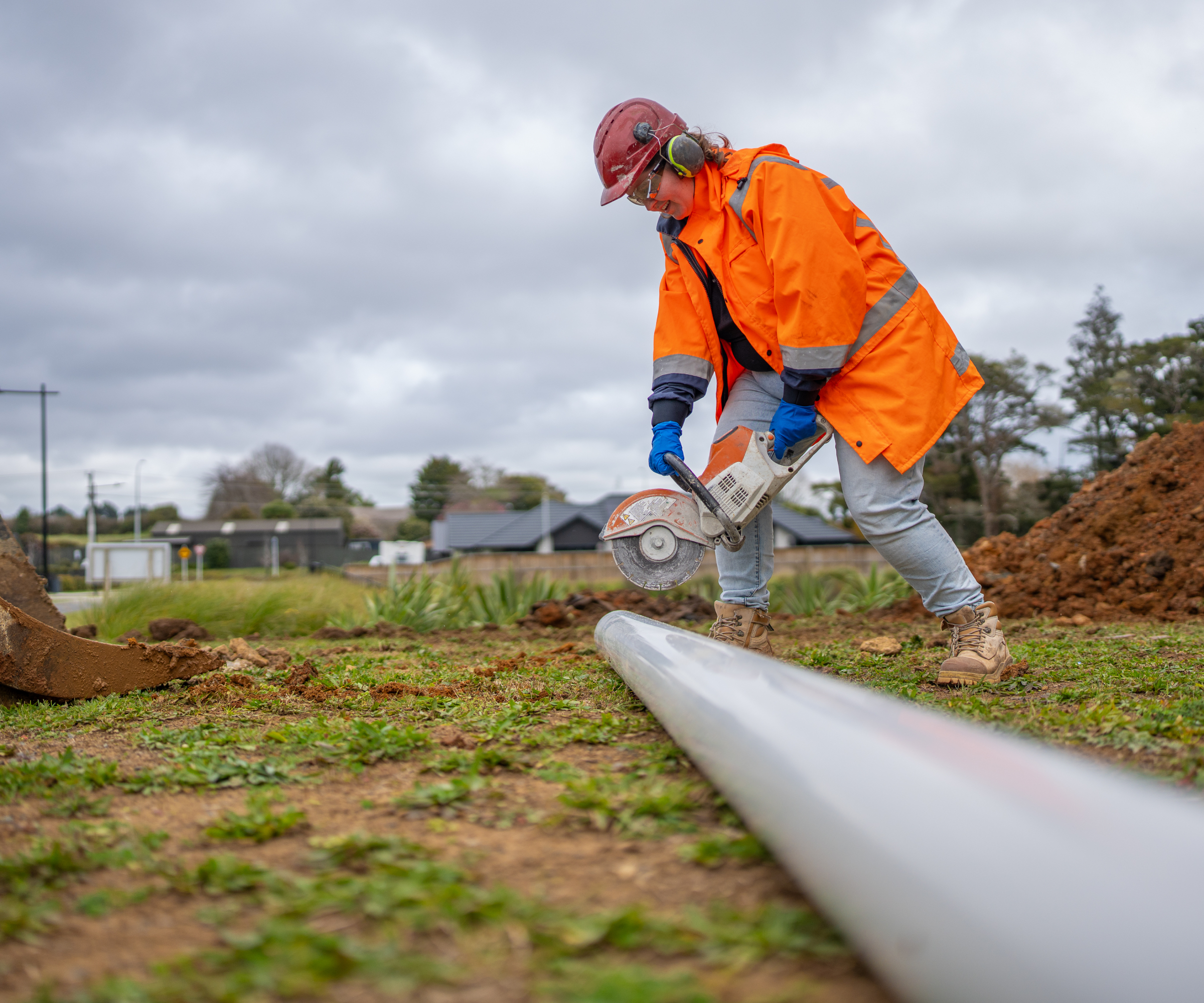
4. Collapsed pipes
"A collapsed pipe is a major problem as this will mean that wastewater isn’t leaving the property," says Natalie Mitchell. "Instead, this wastewater seeps into the surrounding areas. which can cause many problems."
These can range from water collecting outside and around your home which may attract rats and other pests. Once it infiltrates inside, you're at risk of developing damp and mould on your floors and walls. Worst case, it could even lead to subsidence or result in a sinkhole appearing on your land.
For a problem this serious, it's imperative that you call in a drainage specialist say the experts. They will need to conduct a drain survey to establish the cause of the problem and find out how to fix it.
"There are two types of repairs that are likely in the case of broken or collapsed pipes," says Natalie. "These are drain excavation or drain relining. This type of problem needs to be dealt with quickly, and many companies will offer a 24-hour emergency service for this type of issue, and most will be with you within an hour of your call."
5. Root infiltrations
For older properties or those built on mature land, nature may also play a part in causing drainage problems. In the same way that the roots of plants such as invasive bamboo can burrow their way into your home, tree roots can also interfere with your drainage pipework.
Why? Not least of all because nature usually takes its own route, but also because your pipes will generally contain water – the one thing the roots are searching for.
"They will usually penetrate through the pipework joints, but sometimes, they can push a hole into the pipe material," explains Natalie Mitchell. "This can cause bad smells and may result in wastewater seeping out. The penetrating roots may also cause slow blockages as debris builds up at the root."
As with several of the more serious drainage problems, it's another instance when you will need to call in a professional to conduct a drainage survey. The likely outcome? Worst case you will be looking at excavating the ground to remove the roots and install new piping. If however the problem is minor, high pressure flushing or jetting may be enough to break the new root growth off and clean any small blockages.

While those homeowners with off-mains drainage systems will naturally be responsible for any drainage problems related to septic tanks or sewage treatment works, it's understandable you might wonder if you are totally responsible for all drainage problems if you are connected to mains drainage?
"Generally, the pipes on your property fall under your responsibility and are yours to pay for and maintain," says Aaron Willcox. This includes fixing and paying for any drainage problems. "However, any lateral drain which is a drain that carries wastewater to the mains sewer, is the responsibility of your water company," he advises.
These drains usually fall outside your property's boundaries, but make sure you are up to speed on all the rules and regulations surrounding shared drains, so you know who is responsible for fixing any drainage problems that may arise in the future.

Sarah is Homebuilding & Renovating’s Assistant Editor and joined the team in 2024. An established homes and interiors writer, Sarah has renovated and extended a number of properties, including a listing building and renovation project that featured on Grand Designs. Although she said she would never buy a listed property again, she has recently purchased a Grade II listed apartment. As it had already been professionally renovated, she has instead set her sights on tackling some changes to improve the building’s energy efficiency, as well as adding some personal touches to the interior.
